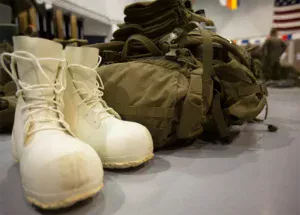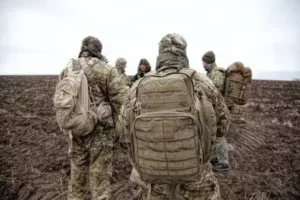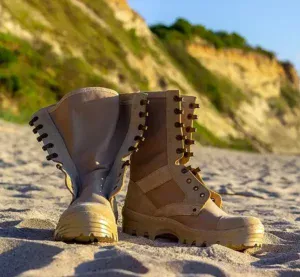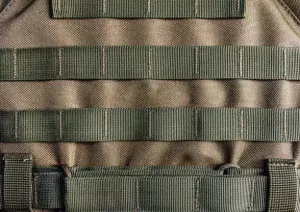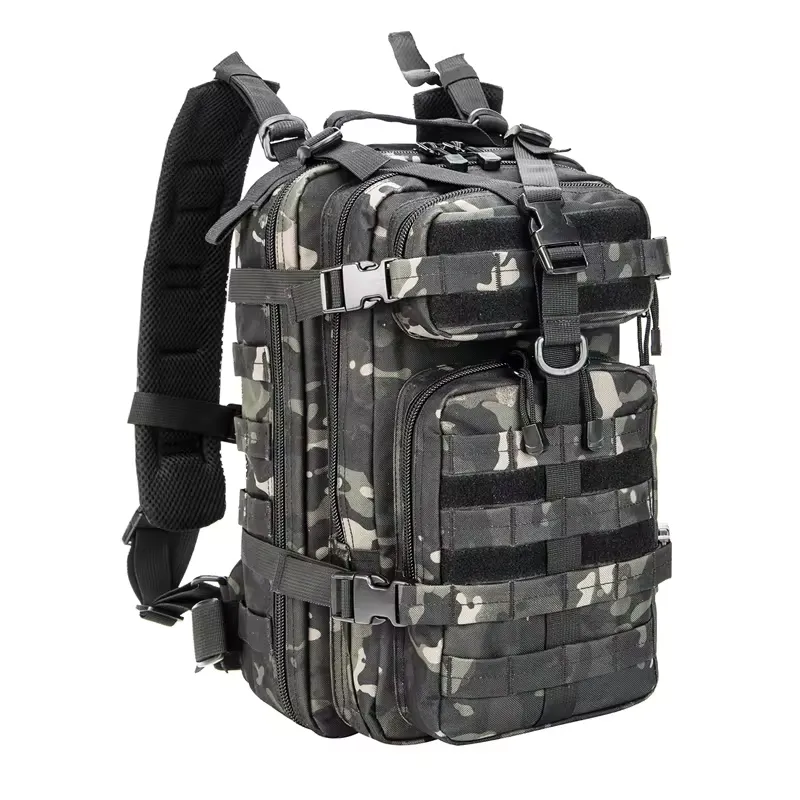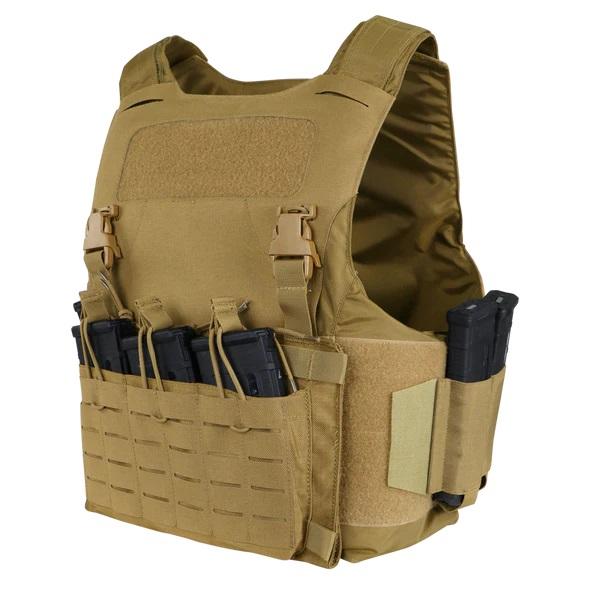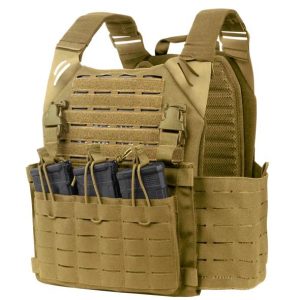Operating in extreme cold is a challenge for soldiers, where effective clothing is essential for performance and survival. Military cold-weather gear combines research, practical experience, and advanced materials to meet these demands.
This article explores how soldiers stay warm in sub-zero environments, with examples, technical details, and insights applicable to civilians.
The Layering System: A Structured Approach
The military uses a three-layer system, tested and refined for cold climates. Here’s how it works:
1. Base Layer: Moisture Management
- Материали: Common options include merino wool (naturally odor-resistant) or synthetics like polypropylene. These fabrics pull moisture to the outer layers, preventing that dreaded “cold clammy” feeling. For example, the U.S. Army’s Gen III Extended Cold Weather Clothing System (ECWCS) uses lightweight, moisture-wicking fabrics.
- Fit: Tight, compression-style designs support circulation and reduce irritation during extended wear.
- Advanced Options: Some NATO units deploy heated base layers with battery-powered elements for temperatures below -40°F (-40°C).
- Цел: Wet skin loses heat rapidly, making moisture control critical to prevent hypothermia.
Съвет: Avoid cotton. It holds moisture like a sponge—a recipe for hypothermia.
2. Mid Layer: Insulation
- Types: For active tasks, soldiers use breathable fleece (e.g., Polartec® Power Grid). At rest, they add synthetic jackets (e.g., PrimaLoft®) or lightweight parkas.
- Дизайн: Modular systems, like the UK’s Personal Cold Climate System, allow quick adjustments with detachable components.
- Specs: Mid-layers typically weigh under 1.5 lbs (0.68 kg) to maintain mobility.
3. Outer Layer: Weather Protection
- Fabrics: Gore-Tex® or similar materials (e.g., in ECWCS Level 7) are waterproof, windproof, and breathable, handling winds up to 28 m/s (62 mph).
- Характеристики: Articulated joints aid movement, snow cuffs block debris, and some coatings reduce infrared visibility.
- Примери: Russian VKBO uniforms include fur-lined hoods for temperatures as low as -58°F (-50°C).
Accessories: Protecting Extremities
Cold injuries often affect hands, feet, and heads. Military solutions include:
Tiers of Protection:
Level 1: Thin, touchscreen-compatible liners (e.g., Mechanix Wear®).
Level 2: Insulated gloves with reinforced palms (for weapon handling).
Level 3: Mittens with removable liners, rated to -40°F/-40°C.
Some units, like Sweden’s, use heated gloves with long-lasting batteries.
Vibram® soles with ice-grip technology, waterproof linings, and drainage features (e.g., Bates® Ultra-Lites) are standard. They’re tested to -65°F (-54°C) per military specs.
Balaclavas: Fire-resistant Nomex® versions protect against burns and frostbite.
Очила: Dual-pane lenses prevent fogging; UV-coated for snow blindness prevention.
Military-Specific Technologies
Tactical gear often incorporates features beyond civilian products:
- Phase Change Materials (PCMs): Fabrics with microcapsules regulate temperature and are used in some ECWCS updates.
- Heated Systems: The U.S. Army has tested vests with conductive threads for warmth, though “silver-coated” specifics are unconfirmed in widespread use.
- Self-Repairing Fabrics: Experimental Canadian designs use heat-activated adhesives, still in development as of 2025.
Civilian Takeaways
- Adaptive Layering: Swap layers every 30-60 minutes to match activity levels.
- The 20% Rule: If you’re not slightly cold when starting, you’ll overheat later.
- DIY Winterproofing: Use military tricks like coating boot seams with beeswax or lining gloves with aluminum foil for emergency heat reflection.
The Future of Cold-Weather Gear
Military research continues to evolve:
Exoskeletons: Heated suits with powered support are in early testing.
Biomimicry: Hollow-fiber insulation, inspired by polar bears, is under study.
Sustainability: The U.S. DoD aims for 30% recycled materials in new gear by 2025, per recent policy updates.
Заключение
Military cold-weather gear reflects a practical blend of science and field-tested design. Each component is built to handle harsh conditions, offering lessons in preparedness for anyone facing the cold.
Related post: Военни спални чували: Изчерпателно ръководство
